Will China have enough natural resources to sustain its growth?
It is no longer an unqualified truism that China is a vast land of abundant resources, says Chen Hongbin. While it is rich in minerals such as rare earths, it is one of the world's largest importers of natural gas, oil and iron ore, and is paying through its nose in some cases to reach a level of sufficiency. How can China achieve greater energy security?
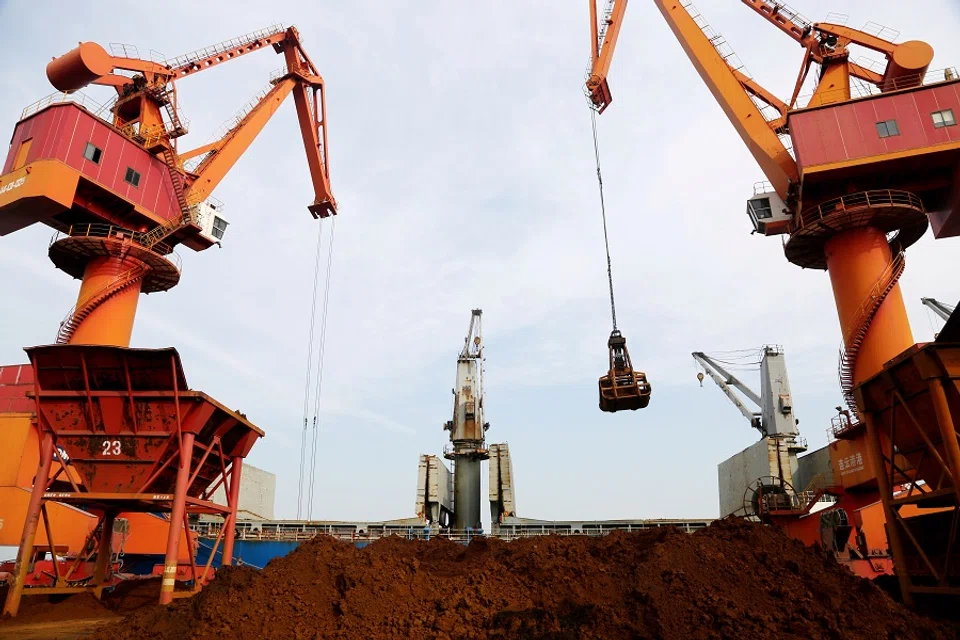
For a long time, China has been described as a country with a large population, a vast territory and abundant resources.
As the world's most populous country at present, it is absolutely true that China has a large population. While India is quickly catching up with China, its population growth has slowed down in recent years, in a similar trend seen in China.
It is also true that China has a vast territory. China's total area ranks third in the world. The problem lies in saying that China has abundant resources.
A lexicon of strength in abundance
China has long been described as a country with vast land and abundant resources. Tang dynasty poet Han Yu once said in Ping Huai Xi Bei (《平淮西碑》): "A vast land rich in natural resources is also a land of recurring calamities."
In his reply to Britain's King George III following British first envoy George Macartney's visit, the Qing dynasty emperor Qianlong said that China was a country with rich resources, lacked nothing and had no need to do business with them.
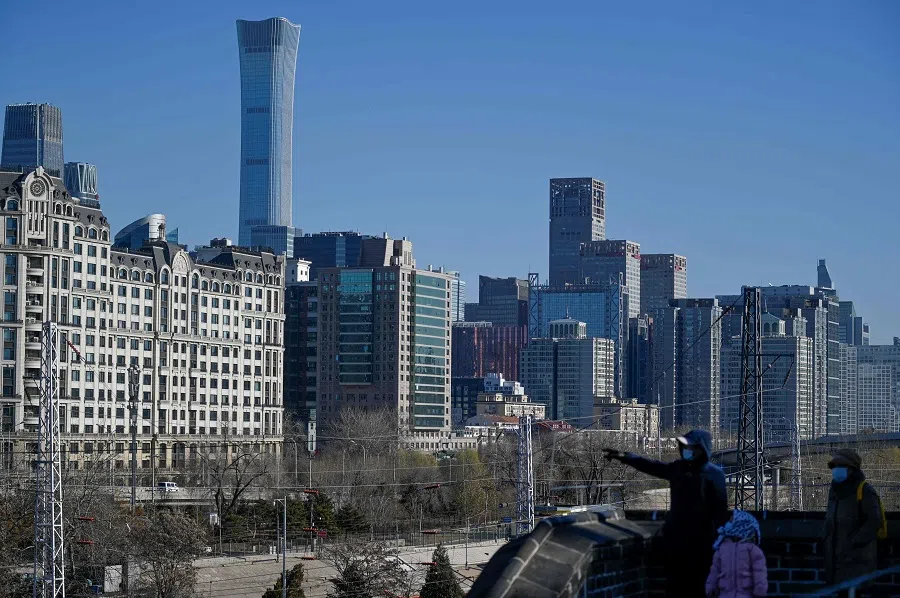
In the 1930s, in reference to Chiang Kai-shek's calls to "endure humiliation and indignation in anticipation of fair judgement from the League of Nations", author Lu Xun pointed out in the essay "Have the Chinese Lost Their Self-Confidence?" that China had a vast land, abundant resources and a large population, yet looked to the League of Nations for help against Japanese aggression.
During the Enlarged Meeting of the Political Bureau of the Central Committee of the Chinese Communist Party held in April 1956, Mao Zedong said, "Its industry and agriculture are not developed and its scientific and technological level is low, and except for its vast territory, rich resources, large population, long history, The Dream of the Red Chamber in literature, and so on, China is inferior to other countries in many respects, and so has no reason to feel conceited."
Undoubtedly, the saying that China has vast lands and is rich in resources has been around for a long time. Not only that, it is an axiom that is deeply etched in people's minds and rarely questioned.
But apart from rare earths, are the other mineral resources in China also strategically significant?
Still mineral-rich?
Saying that China is large and rich in resources is understandable, given that China possesses rich mineral resources and has discovered 171 types of minerals, of which some 158 types have proven deposits. Moreover, its reserves of over 20 types of minerals with proven deposits are among the highest in the world, with 12 of them including tungsten, tin, antimony and rare earths, ranking first in the world. Based on total proven mineral reserves, China is only second to the US and Russia, ranking third in the world. This certainly supports the saying that China has a large territory and ample resources.
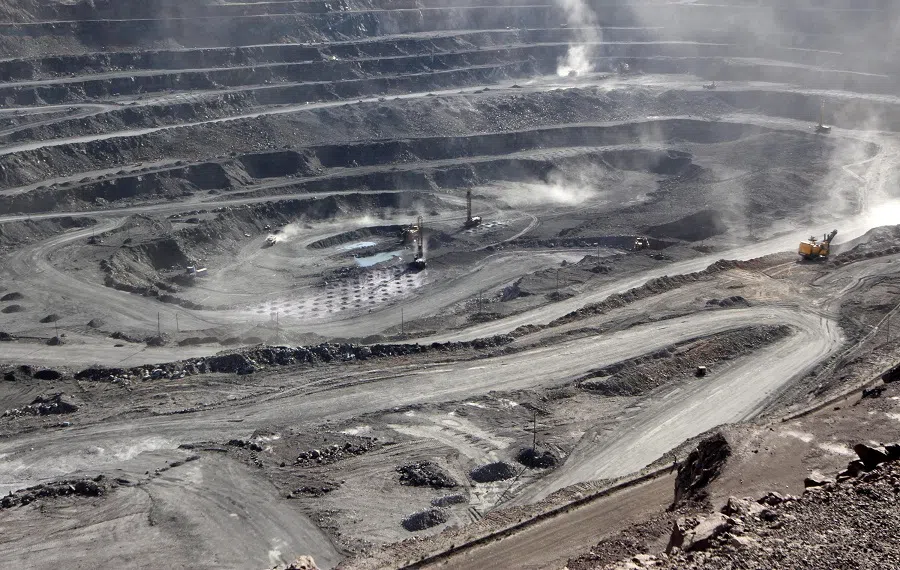
Rare earths are undoubtedly an important resource with strategic value. Deng Xiaoping once famously said, "The Middle East has oil. China has rare earths." To control disorderly price competition, China has, in recent years, reduced rare earth exports, triggering great fear in the US, Japan, and other countries. But apart from rare earths, are the other mineral resources in China also strategically significant?
First, petroleum. The importance of petroleum is self-evident. There is even a saying that "he who controls oil controls the world". Before the founding of New China, China's oil production was minimal and mainly relied on imports. That is why "foreign oil (洋油)" was a common phrase in the past.
The situation remained unchanged following the founding of New China. After the discovery of the Daqing Oil Field in 1959, China gradually became self-sufficient in oil production. Entering the 1970s of the last century, China became more than just self-sufficient and started exporting oil, proudly proclaiming that it has thrown that label of being oil-poor into the Pacific Ocean. By 1985, China's oil exports reached its peak of 35.4 million tons. It then declined and China was back to importing oil in 1993.
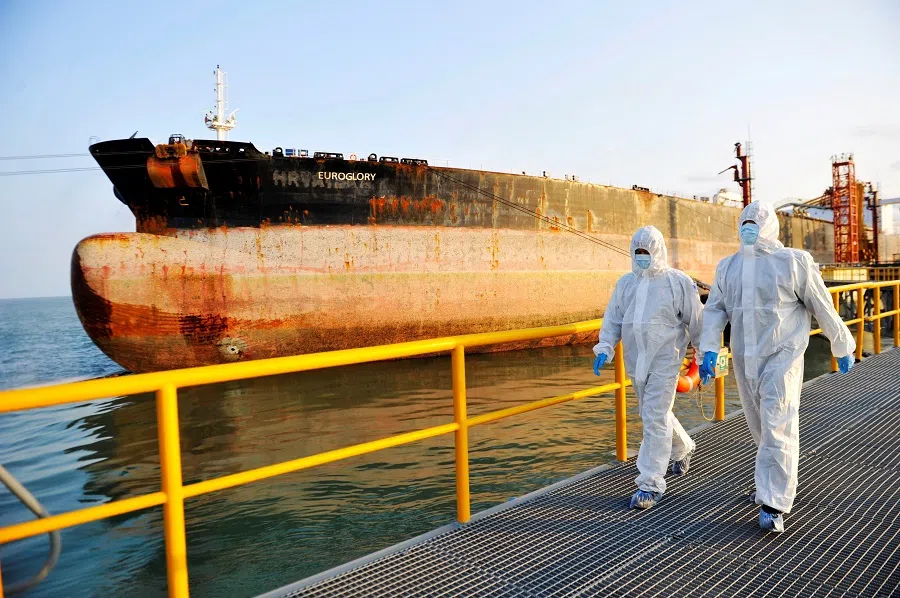
At that time, the main target of China's oil exports was Japan. By importing oil from China, Japan was able to shorten the transportation distance by 90% as compared to importing oil from the Gulf. Following China's rapid economic growth and the adoption of automotives as a key mode of travel, China's oil consumption, and in turn its oil imports, skyrocketed.
By 2018, China surpassed the US to become the world's top oil importer. In 2020, China imported a whopping 540 million tons of oil, and its dependence on imported oil reached 73.5%.
Hungry for oil, natural gas and iron ore
By 2018, China surpassed the US to become the world's top oil importer. In 2020, China imported a whopping 540 million tons of oil, and its dependence on imported oil reached 73.5%. This implied that China had quietly picked up the label of being oil-poor again. While China's oil production currently ranks sixth in the world, its oil reserves ranks 13th in the world, and is not even a quarter the size of Kuwait's oil reserves. Furthermore, Kuwait's land size is not even 0.2% the size of China, and is even smaller than Tianjin.
Based on the limited production potential of China's domestic oil fields and its increasing demand for crude oil, it is expected that China's dependence on oil imports will continue to increase. Part of its oil supply is imported from Russia and transported to China by train. But nearly two-thirds of its imported oil come from the Middle East and African regions. The fact that the oil is shipped to various Chinese ports on oil tankers via the Indian Ocean, Strait of Malacca and South China Sea poses a threat in terms of energy security. China has sought to strengthen its naval presence in these waters, even building islands and deploying relevant defence equipment in the South China Sea in recent years. This is clearly related to China's need to safeguard its maritime transportation routes.
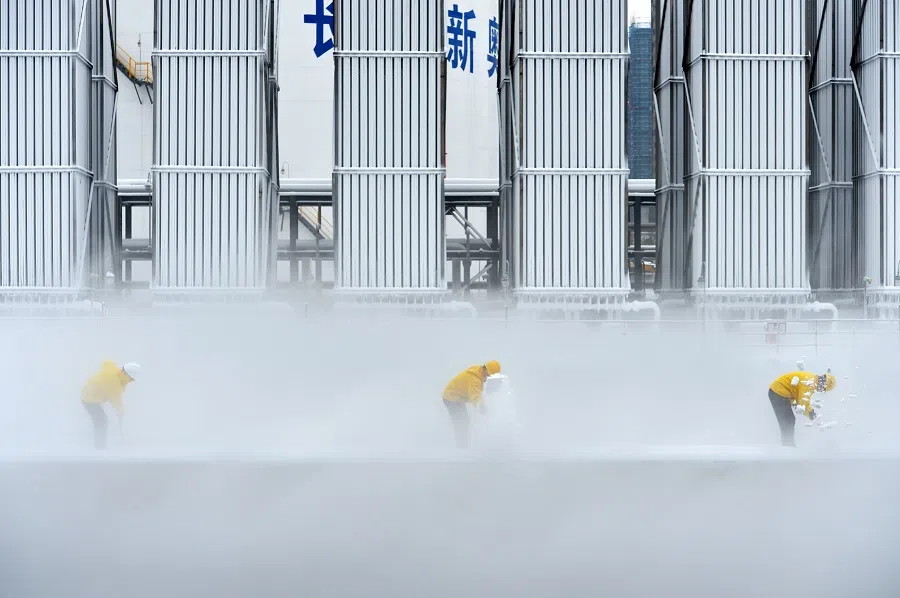
Next, natural gas. As natural gas is a type of clean energy, it is gaining more prominence as the world responds to climate change and its challenges. There is a saying among international society that "he who controls natural gas controls the future". While China was the first to extract natural gas in Zigong, Sichuan, early in 1835, it is a pity that China's natural gas reserves are not optimistic as well and only ranks 12th in the world. This amount is not even 1/8 of Qatar's reserves, considering that Qatar's land area is less than 1/800 that of China's. Qataris might even be able to just dig in their backyards and pipe in natural gas from there.
In 2018, China surpassed Japan to become the world's top importer of natural gas. In 2019, its dependence on natural gas imports rose to 42.95%.
Located in Inner Mongolia, the Sulige gas field is China's largest natural gas field that is affiliated to the Daqing Oil Field and has reserves of some 533.6 billion cubic metres. In stark comparison, the world's largest natural gas field, the South Pars/North Dome field shared between Iran and Qatar, has natural gas reserves amounting to a whopping 6.52 trillion cubic metres.
In 2018, China surpassed Japan to become the world's top importer of natural gas. In 2019, its dependence on natural gas imports rose to 42.95%. Ten years ago, China's import dependency was only 3.15%; in that same period, natural gas only accounted for 7.92% of China's energy makeup, while the world average stood at 24%.
For a long time, China's natural gas production has always failed to meet national expectations. In 2020, its domestic natural gas production stood at 188.8 billion cubic metres, a far cry from the 13th Five-Year Plan's goal of 207 billion cubic metres, and also some distance away from the 200 billion cubic metres goal for 2020 set out in the "Several Opinions of the State Council on Promoting the Coordinated and Stable Development of Natural Gas (《关于促进天然气协调稳定发展的若干意见》)" released in September 2018.
Later, China also built the Myanmar-China Oil & Gas Pipelines, with the natural gas pipeline spanning 1,727 km. This move is clearly of strategic significance to avoid risks in the Strait of Malacca.

In 2007, China built its first natural gas pipeline, the West-East Gas Pipeline, that runs from Tarim in Xinjiang to Shanghai. It spans 4,200 km and cost 300 billion RMB to build. It is also capable of transporting 62 billion cubic metres of natural gas annually. Later, China also built the Myanmar-China Oil & Gas Pipelines, with the natural gas pipeline spanning 1,727 km. This move is clearly of strategic significance to avoid risks in the Strait of Malacca.
The Central Asia-China gas pipeline that starts at the Turkmen-Uzbek border and enters China through Horgos became the Second West-East Gas Pipeline. It spans 10,000 km with 1,300 km within the borders of Turkmenistan, Uzbekistan and Kazakhstan, and the remaining approximately 8,000 km within Chinese borders. It consists of dual parallel pipelines, Line A and Line B, each measuring 1,833 km in length and is the world's longest natural gas pipeline. Line C has been built, and construction works for Line D are underway. Observably, China's dependence on imported natural gas is expected to further increase in the future.
In 2019, China imported a staggering 1.07 billion tons of iron ore amid a global iron ore transaction volume that was but 2.2 billion tons.
Next, iron ore. China is the world's top steel-producing country. In 2019, its steel output even accounted for 53% of the world's total output. While China has a substantial amount of iron ore reserves in the country, they are of a low grade with an average iron (Fe) content of 34.3%. Comparatively speaking, Indian and Russian iron ores have Fe contents of about 64.2%, South Africa 62%, Brazil 52%, and Australia 48%. Thus, major steel companies in China are generally using imported iron ore.
Top Chinese steel company, Baoshan Iron & Steel Co., Ltd. (Baosteel), has been using imported iron ore since its establishment in the late 1970s of the last century. China's demand for iron ore has been on the rise in recent years. In 2019, China imported a staggering 1.07 billion tons of iron ore amid a global iron ore transaction volume that was but 2.2 billion tons. China's high demand for imported iron ore has put a lot of money into the pockets of global mining giants like BHP and Rio Tinto. Prices have repeatedly risen, and China has paid a high price for this.
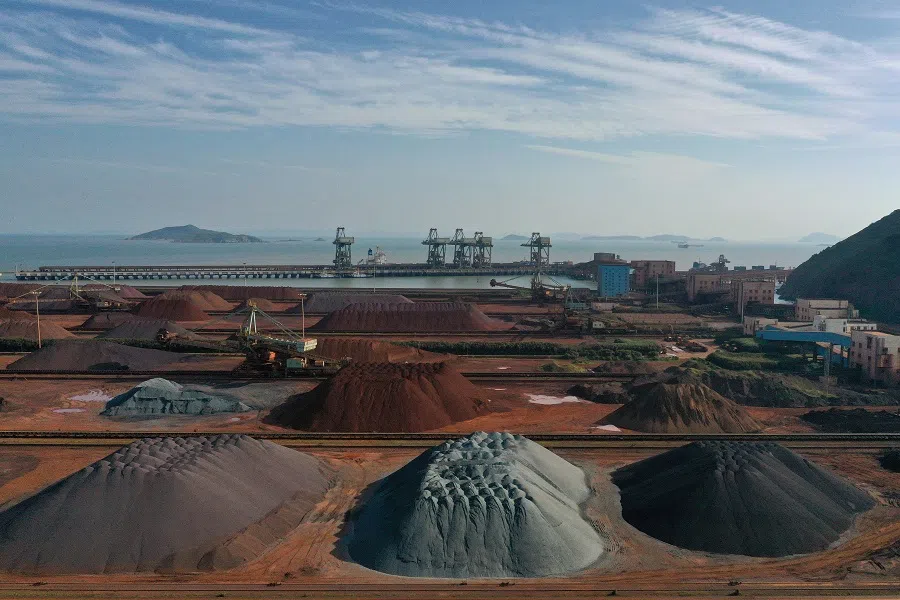
Resources face severe depletion
China has 262 resource-based cities at present. The resources in some of these cities have been depleted and there are also many nagging historical problems. On the other hand, while some other cities are putting great effort into resource development, comprehensive utilisation levels are too low, thus making transformation, upgrading, and sustainable development very difficult. Two-thirds of the state-owned mines built in the middle of the 20th century have become old and aged, and three million employees have been laid off as a result.
It is not an exaggeration to say that China's resources could be completely wiped out in a matter of years.
As the "world's factory", China exports an astonishing amount of products to the rest of the world every year. Producing these products consumes a large amount of resources and many of them are non-renewable, such as mineral resources. A few dozen years or at most a few hundred years later, the fossil fuels that the world has formed over a few billion years would be exhausted. As China exports more, resources get consumed faster, and in turn get depleted sooner. It is not an exaggeration to say that China's resources could be completely wiped out in a matter of years.
Due to space constraints, I am unable to discuss other important resources like arable land, naturally available freshwater, and forests. But the few main points discussed above are already sufficient in explaining why it is inappropriate and untrue to say China today has vast land and abundant resources.
In this regard, I fully agree with the suggestion made by some insightful Chinese people about a decade ago: this expression should be removed from the textbooks of primary and secondary schools as soon as possible to avoid misleading the young.

![[Big read] Paying for pleasure: Chinese women indulge in handsome male hosts](https://cassette.sphdigital.com.sg/image/thinkchina/c2cf352c4d2ed7e9531e3525a2bd965a52dc4e85ccc026bc16515baab02389ab)


![[Big read] How UOB’s Wee Ee Cheong masters the long game](https://cassette.sphdigital.com.sg/image/thinkchina/1da0b19a41e4358790304b9f3e83f9596de84096a490ca05b36f58134ae9e8f1)
